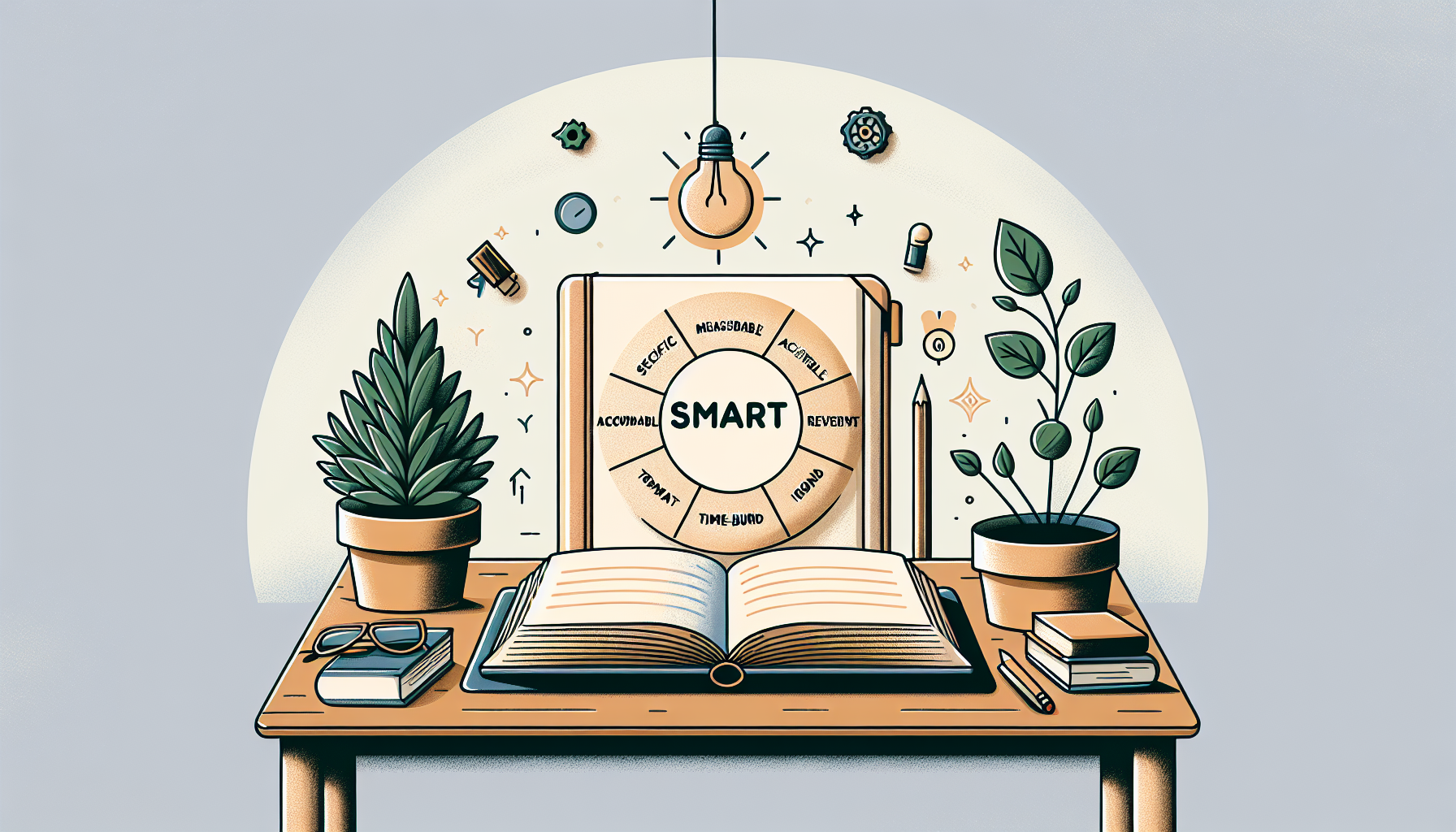Measuring learning outcomes can feel like trying to solve an elaborate puzzle. You might think, “How do I even know if my students are really learning?” It’s a common worry, and you’re definitely not alone in feeling this way.
But don’t fret! By diving into various methods and tools, you’ll discover effective ways to track progress, set clear objectives, and provide meaningful feedback. Stick with me, and I promise you’ll leave with insights to boost your assessment chops.
We’ll look at types of learning outcomes, explore both qualitative and quantitative assessments, and share best practices for getting the most from your evaluations. It’s time to turn that puzzle into a clear picture!
Key Takeaways
- Clearly define what you want to assess: knowledge, skills, or attitudes.
- Use both formative assessments during learning and summative assessments at the end.
- Incorporate digital tools like Nearpod for interactive assessments and real-time feedback.
- Understand the difference between qualitative (thoughts and feelings) and quantitative (numeric data) assessments.
- Set SMART learning objectives to guide teaching and assessments.
- Provide timely, constructive feedback to improve learning experiences.
- Be aware of common challenges like assessment alignment and bias, and address them thoughtfully.

Effective Ways to Measure Learning Outcomes
Measuring learning outcomes effectively is crucial for both educators and students.
To get started, determine what you want to assess: knowledge, skills, or attitudes.
This clarity will guide you in selecting the right tools and techniques.
Next, consider using both formative assessments during the learning process and summative assessments at the end.
For example, quizzes, projects, and presentations can serve as valuable assessments of understanding.
Real-time data is essential; tools like real-time assessments can provide immediate feedback, allowing adjustments to teaching strategies quickly.
Ultimately, regularly evaluating learning outcomes helps improve instructional methods and enhances student learning experiences.
Types of Learning Outcomes
Learning outcomes can broadly be categorized into cognitive, psychomotor, and affective domains.
Cognitive outcomes involve knowledge acquisition, such as understanding concepts or theories.
For instance, a student might demonstrate their understanding of a historical event by explaining its significance.
Psychomotor outcomes relate to physical skills, like performing a technical procedure in a science lab.
Affective outcomes deal with feelings, values, and attitudes, like developing a passion for learning.
Identifying these types helps in shaping curricula and assessments that meet varied educational goals.
Using a combination of these types ensures that learners are well-rounded and can apply their skills in real-world scenarios.
Tools and Techniques for Measurement
There are various tools and techniques you can employ to measure learning outcomes effectively.
Digital platforms like Nearpod and Promise3 offer interactive assessment options that engage students while collecting valuable data.
Online quizzes and surveys can also provide quick insights into student understanding.
Analyzing metrics like average score changes can highlight areas for improvement by comparing data across different assessments.
Additionally, student participation data during lessons is invaluable.
Tools that track engagement can help educators tailor their approaches based on real-time feedback.
Implementing a variety of assessment methods ensures a comprehensive evaluation of student learning.
Qualitative vs. Quantitative Assessment
When measuring learning outcomes, understanding the difference between qualitative and quantitative assessments is key.
Quantitative assessments provide numeric data, making it easy to analyze trends and identify patterns.
For example, average score changes and frequency tables can show the distribution of student performance across different evaluations.
On the other hand, qualitative assessments focus on understanding students’ thoughts and feelings, often gathered through open-ended questions or observations.
Using both approaches gives a fuller picture of student learning and helps identify not just what they know but how they view their learning experience.
For effective learning evaluations, consider combining both types to create a robust profile of each student’s understanding and engagement.

Setting Clear Learning Objectives
Having clear learning objectives is essential for effective assessment.
These objectives serve as a roadmap for both educators and students, detailing what students are expected to achieve.
To start, use the SMART criteria: make your objectives Specific, Measurable, Achievable, Relevant, and Time-bound.
For instance, rather than saying students will “understand photosynthesis,” specify that they will “be able to explain the process of photosynthesis and identify its components by the end of the unit.”
This clarity helps in designing assessments that specifically measure whether these objectives have been met.
Additionally, sharing these objectives with students fosters a sense of ownership in their learning process.
By aligning assessments with these goals, educators can gather data that accurately reflects student progress towards mastering the material.
Using Feedback to Improve Learning
Feedback plays a pivotal role in enhancing the learning experience.
When provided promptly and constructively, it can motivate learners and clarify misunderstandings.
To get started, encourage a feedback-rich environment where students feel safe to voice their thoughts and ask questions.
Consider using real-time feedback tools during lessons to address misconceptions immediately.
This might involve quick polls or online quizzes that allow students to reflect on their understanding on-the-spot.
For example, employing platforms like Nearpod can help in gathering instantaneous insights from students.
Furthermore, schedule regular check-ins where students can receive detailed personalized feedback on their performance and progress.
By combining peer feedback and instructor insights, students can gain a holistic view of their learning journey, paving the way for improvement.
Common Challenges in Measuring Learning Outcomes
Measuring learning outcomes is not without its challenges.
One common hurdle is ensuring that assessments are aligned with what was taught.
If there’s a disconnect, the results can be misleading and may not accurately reflect student understanding.
Another challenge is bias, which can come from both evaluators and the students themselves.
To address bias, consider implementing anonymous assessments or peer reviews, which can provide a fresh perspective on performance.
Limited resources can also hinder effective measurement; not all schools have access to advanced assessment tools or technology.
In such cases, using low-tech solutions, like simple quizzes or group discussions, can still yield valuable insights.
Lastly, it’s important to remember that not all learning outcomes can be quantified, especially emotional or social skills.
Embracing a mix of qualitative and quantitative methods provides a more complete picture of student achievements, keeping evaluation well-rounded.

Best Practices for Assessment
When it comes to assessing learning outcomes, sticking to best practices can make all the difference.
First, always ensure that assessments are directly aligned with your stated learning objectives.
This means that if you aim for students to understand a concept, the questions or tasks should directly test that understanding.
Second, incorporate a variety of assessment methods to cater to different learning styles and provide a more comprehensive view of student progress.
This could include written quizzes, practical demonstrations, or project-based assessments.
Moreover, create a low-stress environment during assessments; students perform better when they’re not anxious.
Lastly, make assessment results transparent to students, allowing them to understand where they stand and how they can improve.
Analyzing and Interpreting Results
Analyzing and interpreting assessment results is essential to make informed decisions about teaching methods and learning strategies.
Start by breaking down the data into manageable parts; look at average scores, question-by-question breakdown, and participation rates.
This helps identify trends and patterns, such as which topics students struggled with the most.
Engage students in this analysis as well, encouraging them to reflect on their own performance and learning styles.
Consider creating visual representations of the data, like charts or graphs, to make the findings more accessible.
Finally, use these insights to tweak your instructional methods, focusing on areas that need improvement, ensuring that the learning experience remains dynamic.
Applying Learning Outcome Measurements for Improvement
Once you’ve measured learning outcomes, applying those results for meaningful improvement is key.
Start by discussing the findings with students; they can provide insights into their learning process.
If a significant portion of the class struggled with a concept, it might be a signal to revisit that topic through different methods.
Consider using the data to differentiate instruction; adapt your teaching strategies to meet the needs of various learners.
This could involve creating small groups for re-teaching or offering additional resources for those who need extra help.
Additionally, setting up regular review sessions based on assessment results can significantly reinforce learning.
By treating assessment as an ongoing cycle of feedback and improvement, both educators and students benefit in the long run.
FAQs
Learning outcomes are specific statements that outline what learners are expected to achieve by the end of an educational program or course. They serve as clear goals that guide both teaching and assessment.
Effective measurement of learning outcomes can be achieved through a combination of assessment techniques, such as formative and summative assessments. Utilizing rubrics and standardized tests can also provide valuable insights into learner progress.
Common challenges include unclear learning objectives, cultural biases in assessments, and limited resources for comprehensive evaluations. Additionally, variability in student engagement can make consistent measurement difficult.
Feedback can be a powerful tool for improvement by offering insights into performance strengths and areas needing enhancement. It encourages reflection and allows learners to adjust their strategies for better outcomes.
